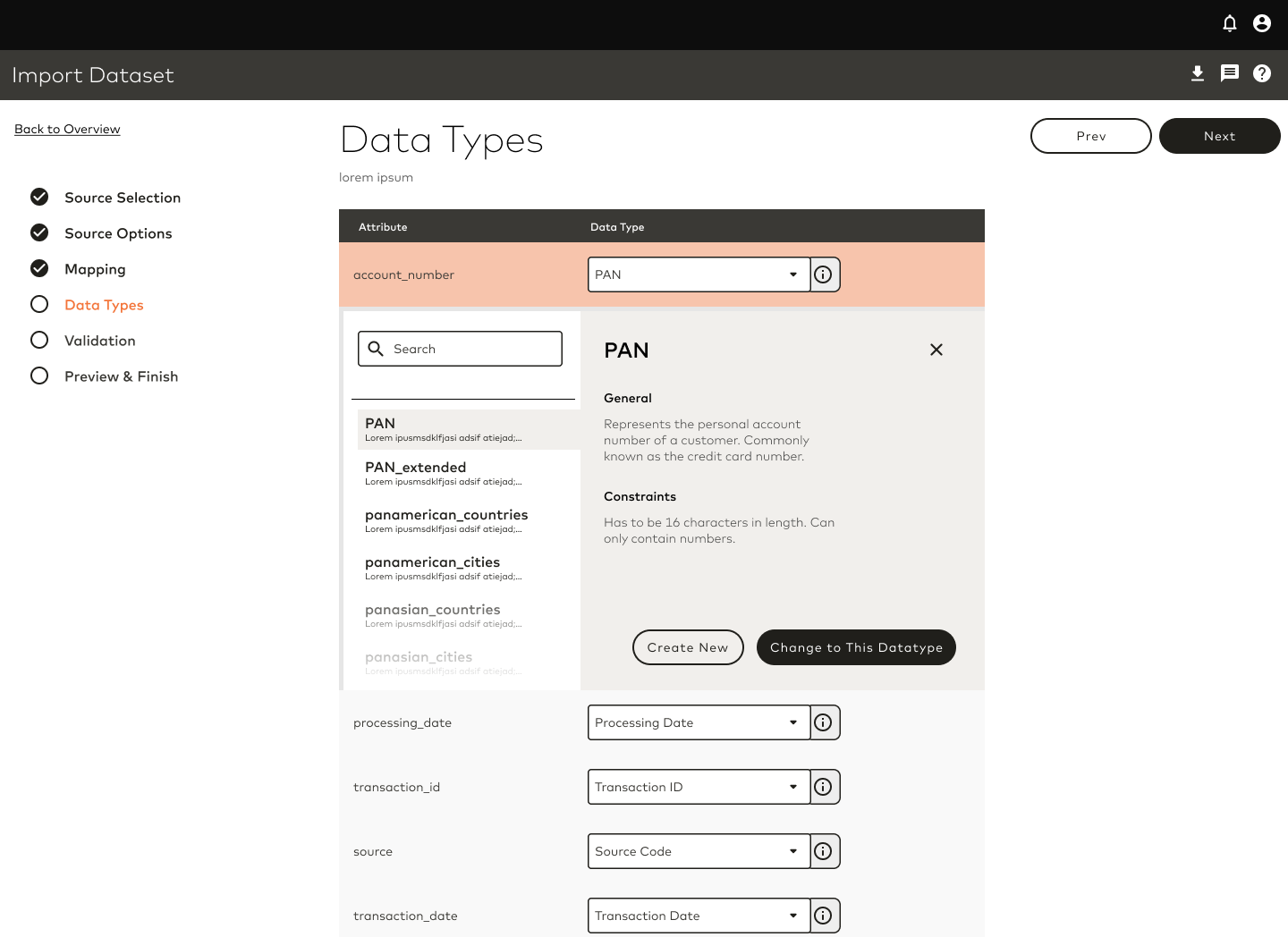mastercard
Context
It’s one of those projects where it’s less about the UX and designs, but more about the approach and meeting the client where they are. The client team had a vision for a streamlined internal process of data ingest and visualization. However, the existing team was having trouble translating the requirements and desires into designs that matched the clients’ wants.
 Wireframe of a dashboard acting as the app's homepage.
Wireframe of a dashboard acting as the app's homepage.  One of the many virtual meetings where we guided the client through articulating their needs
into user stories and app features.
One of the many virtual meetings where we guided the client through articulating their needs
into user stories and app features. Dropping In
With the client super frustrated, it was thought I could try leading the project and bring in a fresh perspective. Instead of redoing all the workshop activities and re-interviewing all the stakeholders again, I decided to dive right in. On our virtual calls, I opened up Figma and just let them describe how they saw the project and its features. While they talked I attempted to sketch out the systems and flows they were discussing. It helped that I had a technical background and could understand database systems and ETL flows.
In each discussion, we had sketches and workflows that they felt happy with. More importantly, I learned their trust to keep the talks going. As I gained more confidence that I was interpreting their vision correctly, I would work with our designers to work out screens to flesh out. Those would be shown to the client, get approved, and we would then move to the next set of screens to sketch out live. Each day would be a bit different as I would drive them toward the priority of the day, whether it was wireframes, user stories, or screens to react to.
Figma prototypes doubled as slide presentations as we were already in those files so intensely every day. We could link dynamically each workflow as it matured and was worked on.
 Wireframe where the user would define the data types of the uploaded data file.
Wireframe where the user would define the data types of the uploaded data file.  The primary Figma file that outlined all the scenarios of a user uploading their data.
The primary Figma file that outlined all the scenarios of a user uploading their data.